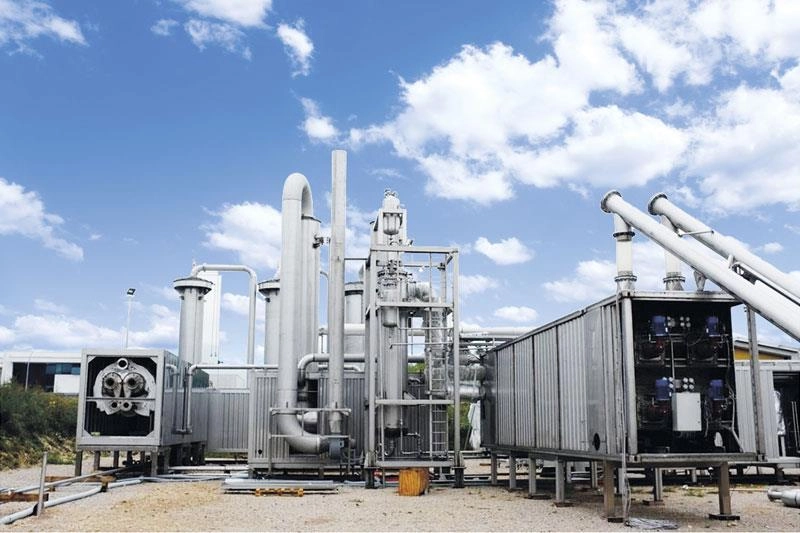What is pyrolysis technology

Pyrolysis is a thermochemical treatment which can be applied to any organic (carbon-based) product. It can be done on pure products as well as mixtures. In this treatment, material is exposed to high temperatures, and, in the absence of oxygen, goes through chemical and physical separation into different molecules. The decomposition takes place thanks to the limited thermal stability of chemical bonds of materials, which allow them to be disintegrated by using heat.
Thermal decomposition leads to the formation of new molecules. This allows us to receive products with a different, often superior character than the original residue. Thanks to this feature, pyrolysis has become an increasingly important process for today's industry – as it allows us to bring far greater value to common materials and waste.
Pyrolysis is frequently associated with thermal treatment. But in contrast to combustion and gasification processes, which involve entire or partial oxidation of material, pyrolysis is based on heating in the absence of oxygen. This makes it mostly an endothermic process that ensures high energy content in the products received. Pyrolysis products always produce solid (charcoal, biochar), liquid and non-condensable gases (H2, CH4, CnHm, CO, CO2 and N). As the liquid phase is extracted from pyrolysis gas only during its cooling down, in some applications, these two streams can be used together when providing hot syngas directly to the burner or oxidation chamber,
During pyrolysis, a particle of material is heated up from the ambient to a defined temperature. The material remains inside the pyrolysis unit and is transported by screw conveyor at a defined speed, until the completion of the process. The chosen temperature of pyrolysis defines the composition and yields of products (pyrolysis oil, syngas and char).


